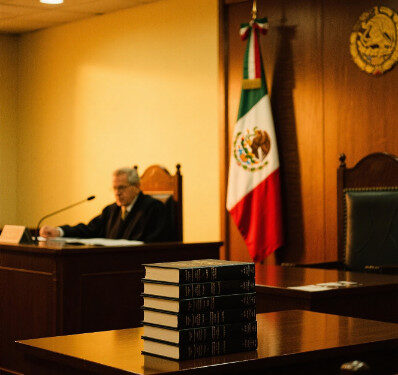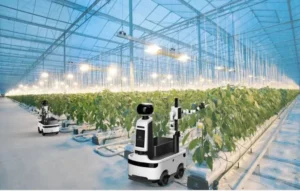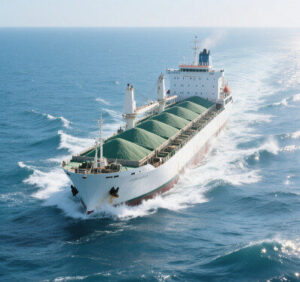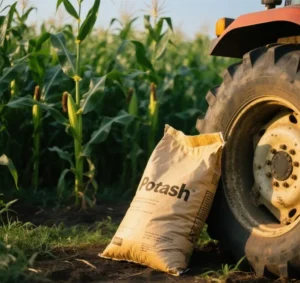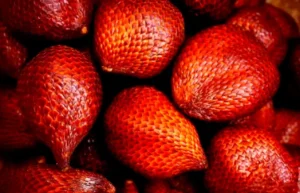Mexico is quietly becoming one of the most sophisticated fertiliser markets in Latin America. Behind the headlines about tariff-free imports and federal bio-input subsidies, there is a tightly coordinated, multi-agency regime that can delay or prevent market entry if not properly understood. Below is a field-level map that international manufacturers, blenders, and traders can use to progress from ‘first enquiry’ to ‘first shipment’ without any unpleasant surprises.
1. The Architecture: Who Actually Holds the Keys?
Mexican fertiliser regulations are based on the 2014 RPLAFEST (Reglamento para el Registro, Importación y Exportación de Plaguicidas, Fertilizantes y Sustancias Tóxicas) Regulation. Three federal agencies share responsibility for enforcement:
| Agency | Role in Fertilizer Regulation |
| COFEPRIS (Federal Health Risk Protection Commission) | 5-year renewable registration certificates, reviewing toxicology, heavy metal limits and human safety data |
| SEMARNAT (Environment Ministry) | ecological risk assessment, contamination limits and import waste rules |
| SAGARPA (Agriculture Ministry) | agronomic efficacy dossier, Mexican MRLs, field trial oversight |
Two additional actors appear at the border and on the shop floor:
- CICOPLAFEST: an inter-sectorial commission that updates the national ‘positive’ and ‘restricted’ substance lists (with over 30 new entries in 2024, including several HFCs).
- PROFECO – Consumer protection agency that enforces label format, language and icons under NOM-051-SCFI-2010.
If any of the first three agencies withholds approval, the product cannot be legally sold – even if the others have already signed off.
2. Registration Pathways: How long does it take? How much does it cost? How tough is it?
A. Domestic registration (product already in Mexico)
Step 1: Pre-consultation (optional, but recommended)
A 30-minute ‘informal’ call with COFEPRIS to confirm the product’s classification (chemical, organic, bio-stimulant or bio-fertiliser). This saves weeks later.
Step 2: Dossier assembly
Core documents:
- Formulation and manufacturing process (GMP certificate required).
- Material Safety Data Sheet (MSDS) aligned to 16-section GHS; Spanish translation mandatory.
- Lab reports: NPK guarantee; heavy metal specification (Cd <20 mg/kg, Pb <150 mg/kg, Hg <2 mg/kg); solubility data. PROFECO – Consumer protection agency that polices label format, language and icons under NOM-051-SCFI-2010.
- Agronomic efficacy: at least two independent Mexican field trials, supervised by a lab authorised by SAGARPA.
- Label artwork in Spanish (see Section 3).
- A Certificate of Free Sale or equivalent from the country of origin, apostilled. – Power of Attorney to a Mexican legal entity or ‘Only Representative’.
- Power of attorney granted to a Mexican legal entity or ‘only representative’.
Timeline and cost
- COFEPRIS scientific review: 4–8 months.
- SEMARNAT environmental opinion (if applicable): + 2–4 months. – SAGARPA efficacy sign-off: runs in parallel, but field trials must be planted one full season ahead.
- SAGARPA efficacy sign-off runs in parallel, but field trials must be planted one full season ahead.
- Official fee schedule (2025): MXN 22,700 (approximately USD 1,300) per registration. No refund if rejected.
B. Import-Only Route (Product Remains Foreign)
Many exporters think they can ‘skip’ registration by selling through a Mexican distributor. In reality, the importer of record must still:
- Hold a valid 9-month import permit (extendable once to 12 months), issued jointly by SEMARNAT and COFEPRIS.
- Present a registered-product certificate or obtain a single-event import licence (costly, one-off and not scalable).
- Demonstrate that the substance is not on the latest CICOPLAFEST restricted list (updated quarterly).
Key relief measure: general duty and VAT exemption for all fertiliser tariff lines (HS 3101–3105) until 31 December 2025. After that, MFN rates of 0–15% plus 16% VAT apply unless the exemption is renewed.
3. Labelling & Language: What PROFECO looks for
NOM-051-SCFI-2010 is an enforcement standard that can be copied and pasted. Every bag, bottle or blister must display the following information in Spanish:
- The commercial name must not mimic another registered trademark.
- Guaranteed minimum analysis (N-P-K or % organic matter).
- Net weight in metric units.
- Batch/lot number and date of manufacture.
- Name and address of the Mexican registration holder (not the foreign factory).
- Safety pictograms if the product is classified as an irritant or corrosive substance. – Instructions for use and ‘keep out of reach of children’ clause.
- Instructions for use and ‘keep out of reach of children’ warning.
PROFECO carries out random raids on supermarkets and farm stores; fines can reach USD 15,000 and products can be seized immediately.
4. Organic and bio-fertilizer fast lane
Mexico’s National Fertiliser Programme 2020–30 earmarks USD 700 million in subsidies to reduce the use of synthetic nitrogen by 30% by 2030. Suppliers benefit from lighter regulation:
- Organic fertilisers need only contain a minimum of 25% organic matter and be free of pathogens such as Salmonella and E. coli.
- Bio-fertilisers (microbial and enzymatic) are eligible for an abbreviated data package – no full mammalian toxicology testing is required if the strains are on the OECD ‘list of familiar species’.
- A reform proposal due to come into effect in 2026 (already piloted in Sinaloa and Jalisco) promises a 90-day COFEPRIS turnaround for familiar microbials; watch out for the final decree.
5. Post-Market Surveillance: The Hidden Risks
- The National Fertiliser Traceability Platform (PNF): online barcode system that tracks every registered bag from customs to the farm. Importers must upload shipment data within five days of clearance.
- Heavy-metal spot testing: SEMARNAT can recall lots if a single sample exceeds the permitted limits; the registration holder is responsible for the disposal costs. – Heavy-metal spot testing: SEMARNAT can recall lots if a single sample exceeds the permitted limits. The registration holder is responsible for the disposal costs.
- Advertising rules: agronomic claims on social media or at farm fairs must match the registered Spanish label. Fines for ‘off-label’ promises start at USD 8,000.
6. Strategic Playbook for Foreign Companies
- Validate early, not late.
Run your formulation against Mexico’s heavy metal and NOM-051 texts before conducting the first trial. Reformulating after COFEPRIS review resets the clock.
- Appoint a professional Only Representative.
Foreign firms without a Mexican subsidiary must appoint a COFEPRIS-accredited OR. The cheapest service packages cost USD 4,000–6,000 per year and include a postal address and a pharmacovigilance liaison.
- Use the tariff window.
Import finished goods before December 2025 to build brand equity while preparing for local blending or bagging. The moment duties return, landed costs can increase by 12–18%.
- Leverage subsidy channels.
Register bio-products in time for inclusion in the 2026 subsidy catalogue, published every August. Distribution agreements with state-level fertiliser retailers provide immediate access to farmers, who predominantly purchase through government discount coupons.
- Monitor quarterly lists.
CICOPLAFEST and SEMARNAT update the list of restricted substances in February, May, August and November. A single new solvent or impurity can invalidate an already-approved formulation.
6. Looking ahead: What changes are expected between 2026 and 2028?
Digital dossier submission: COFEPRIS will phase out paper in 2026, and the eCTD format will likely become mandatory by 2027.
Carbon-footprint label – a pilot programme for urea and calcium ammonium nitrate is expected to lead to voluntary reporting in 2026 and compulsory reporting by 2028. – Mutual recognition with the Andean Community – informal talks aim to accept Colombian or Peruvian efficacy trials, cutting duplicate fieldwork.
Mutual recognition with the Andean Community – informal talks aim to accept Colombian or Peruvian efficacy trials, reducing the need for duplicate fieldwork.
Conclusion
Mexico is open for business: imports are duty-free, bio-inputs enjoy fast-track scientific review and federal subsidies are encouraging farmers to grow specialty crops. However, the country is also tightening post-market surveillance and environmental compliance. Suppliers from around the world who invest in the correct registration, Spanish labelling and a reliable local representative from the outset will benefit from a market expected to exceed USD 2.3 billion by 2028. Those who try to ‘fly under the radar’ will find that PROFECO, SEMARNAT and COFEPRIS now share databases and carry hand-held scanners. In short, get your homework right first time and Mexico could become the most profitable market in Latin America.


